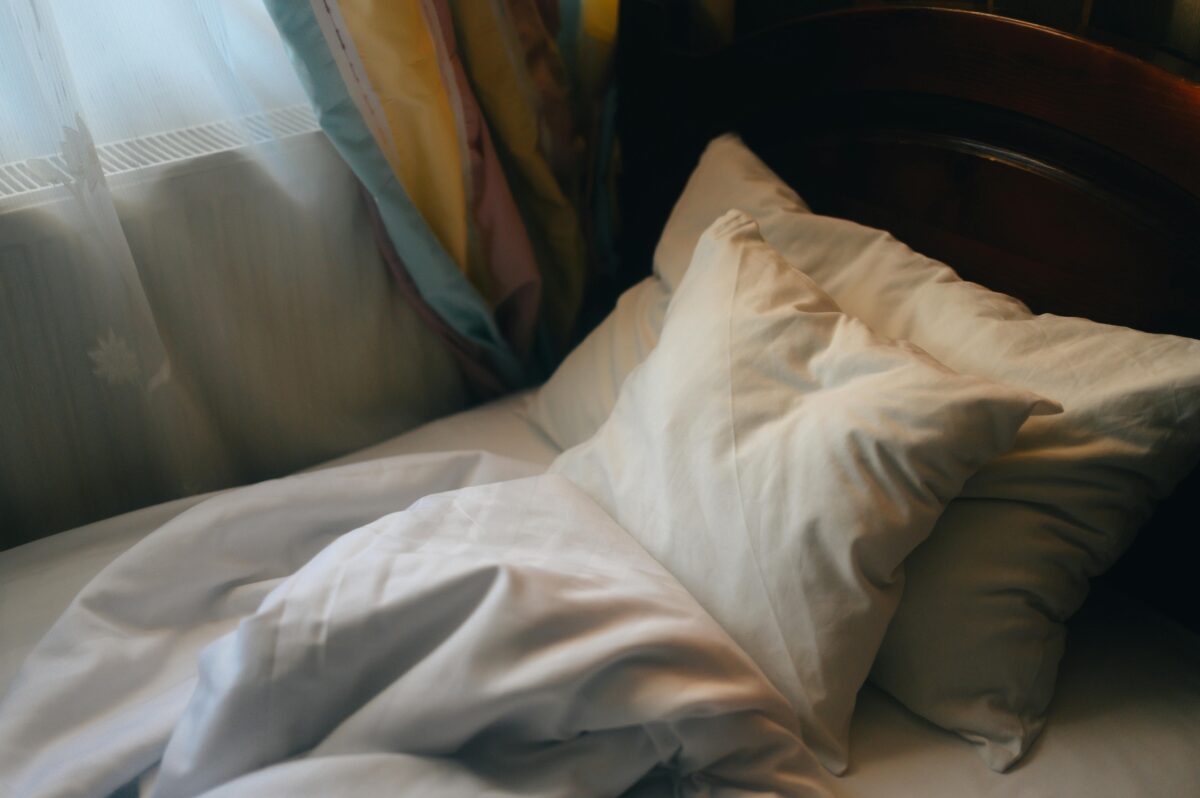When shopping for new sheets, you’ve probably seen thread count splashed across packaging like a badge of luxury. But what does thread count really mean? And is higher always better?
The truth is, while thread count can affect the feel and quality of your sheets, it’s not the only or even most important factor to consider. Let’s break it all down so you can choose the best sheets for your comfort, sleep style, and budget.
What Does Thread Count Mean?
Thread count refers to the number of horizontal (weft) and vertical (warp) threads woven into one square inch of fabric. For example, if a sheet has 150 vertical and 150 horizontal threads in one inch, the thread count is 300.
But thread count is only part of the story. Sheets with a higher thread count may feel softer or denser but only if the fiber quality, weave, and finishing are top-notch too.
Is Higher Thread Count Always Better?
Not necessarily. That’s a common myth. A super high thread count (think 800–1,200) often means:
Thinner, lower-quality threads (called multi-ply yarns) are being twisted together to inflate the number
Tighter weaves that may reduce breathability and feel hot at night
Unjustified prices, as some manufacturers use high thread counts to suggest superior quality when that’s not always true
The sweet spot? For most fabrics, a thread count between 300 and 500 offers the best balance of softness, durability, and breathability.
Ideal Thread Count by Fabric Type
Here’s what to look for based on material:
Cotton (especially Egyptian or Pima cotton)
- Ideal thread count: 300–500
- Feels soft, breathable, and durable without being too heavy
- Long-staple cotton (like Egyptian or Supima) enhances quality more than high thread count alone
Percale (a type of cotton weave)
- Ideal thread count: 250–400
- Crisp, cool, and matte-finished—great for hot sleepers
- Too high a count may reduce breathability
Sateen (another cotton weave)
- Ideal thread count: 300–600
- Silky, smooth, and slightly shiny
- Higher thread counts work well here because of the tighter weave
Bamboo-derived (viscose or lyocell)
- Ideal thread count: 250–350
- Naturally soft and breathable with moisture-wicking properties
- Higher thread counts can make bamboo sheets too dense or less cooling
Linen
- Ideal thread count: 80–150
- Linen naturally has a lower thread count due to its thicker fibers
- Quality is judged more by weight (measured in GSM) and feel than thread count
Choosing Based on Sleeping Preferences
Here’s a quick guide based on how you like your sheets to feel:
| Preference | Recommended Sheet Type | Thread Count Range |
|---|---|---|
| Cool & crisp | Cotton percale | 250–400 |
| Silky & smooth | Cotton sateen or bamboo lyocell | 300–600 |
| Soft & breathable | Bamboo or cotton with a twill weave | 250–350 |
| Textured & airy | Linen | 80–150 (focus on GSM) |
| Durable for long-term use | Long-staple cotton, percale weave | 300–500 |
Other Factors That Matter More Than Thread Count
Don’t fall for the “thread count trap.” Here are other factors that influence comfort and quality:
1. Material Quality
Long-staple fibers (like Egyptian or Supima cotton) are smoother and stronger
Natural fibers (cotton, bamboo, linen) tend to breathe better than synthetic blends
2. Weave Type
Percale: Lightweight, crisp, matte(great for hot sleepers)
Sateen: Smooth, heavier, warmer(ideal for cooler nights)
Twill or Jersey: Soft and cozy but less breathable than percale
3. Finish & Feel
Pre-washed or garment-washed sheets often feel softer from day one
Some brands use enzyme washes or calendaring (a heat process) for extra smoothness
4. Certifications
Look for OEKO-TEX® certified sheets to ensure no harmful chemicals are used
GOTS-certified organic cotton is a great option for eco-conscious shoppers
Expert Tips for Picking the Best Sheets
- Start with feel, not numbers. If possible, touch the sheets before buying or read customer reviews for feel and breathability
- Avoid thread counts over 800—it often signals marketing hype, not better sheets
- Consider climate and season. Opt for percale in summer, sateen or flannel in winter
- Stick to trusted brands. Reputable bedding companies focus on quality fibers and weaves, not just inflated thread counts
Final Thoughts: So, What Is a Good Thread Count for Sheets?
For most people, a thread count between 300 and 500 in high-quality cotton or bamboo fabric is ideal. But thread count is just one piece of the puzzle. If you want sheets that feel amazing, sleep cool, and last for years, pay attention to material, weave, and finish not just the number on the label.
The best sheets are the ones that help you sleep well, feel good, and stay cozy night after night. So trust your senses, read the fine print, and don’t be afraid to try something new. Your perfect bed awaits!
